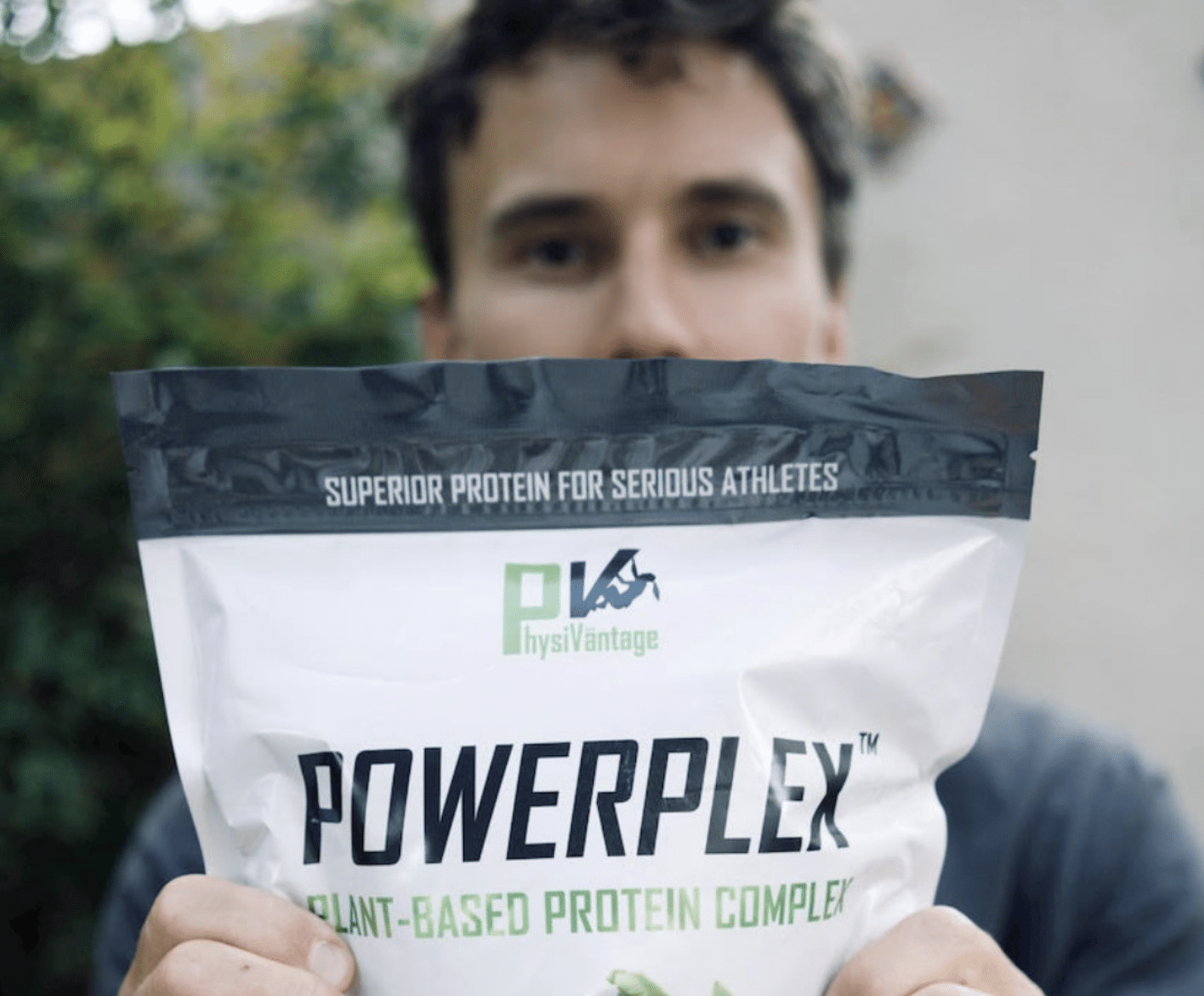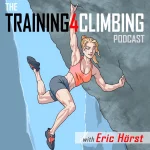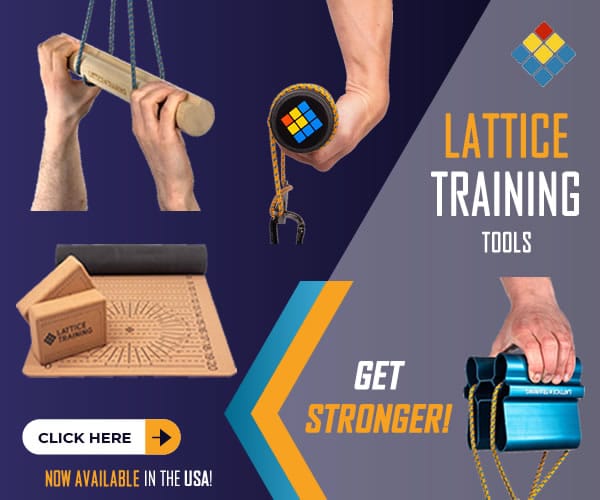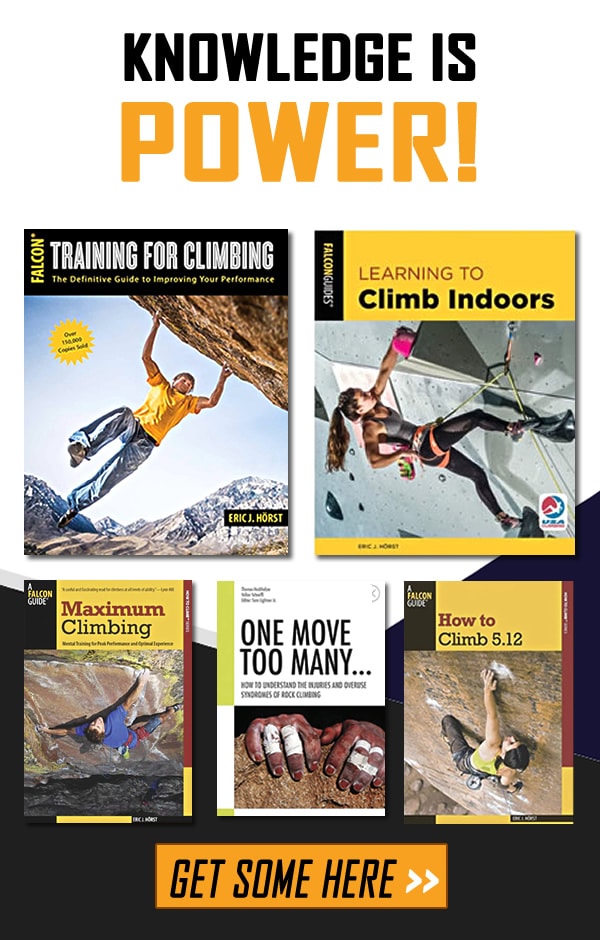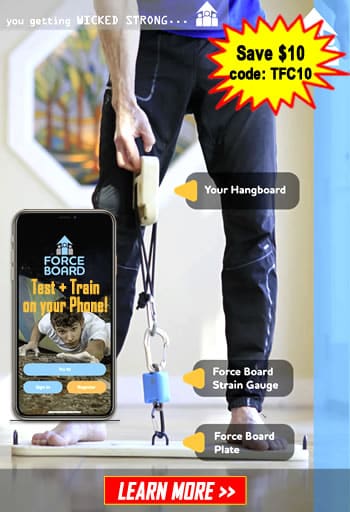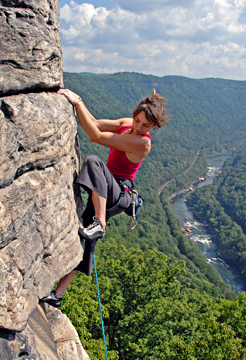 While most people set some kind of sports authority New Year’s Resolution, not everyone successfully follows through. Research shows that 25% of people abandon their resolution in the first week of the year and nearly 50% have quite their resolution by the end of January. Of course, climbers are generally better goal setters and goal achievers, and if you’re reading this article odds are good that you are the kind of person who follows through on commitments.
While most people set some kind of sports authority New Year’s Resolution, not everyone successfully follows through. Research shows that 25% of people abandon their resolution in the first week of the year and nearly 50% have quite their resolution by the end of January. Of course, climbers are generally better goal setters and goal achievers, and if you’re reading this article odds are good that you are the kind of person who follows through on commitments.
So what’s your New Year’s Resolution? For many of you, I bet that “climb harder” is one of your top 2015 goals. If so, here are five training tips to help you achieve your resolution!
1. Establish a regular schedule of climbing, both indoors and outside. With a mind clouded by the lust to get stronger, many climbers forget that climbing is first and foremost a skill sport. Increased climbing economy, through better footwork, movement, and acquisition of new skills, is the fastest way to the higher grades. So unless you already possess 5.13/V10+ skill, time spent climbing is the most important part of your training-for-climbing program. Find a way to schedule at least two climbing sessions per week (3 or 4 is ideal)–any bouldering or roped climbing session, indoors or outdoors, counts towards this total.
2. Assuming you’re getting in your 2 to 4 climbing sessions per week, then “get stronger” must be goal #2. [If you are an elite climber (solid 5.13/V10+ skill), then getting stronger is goal #1!] Dedicate to performing two focused strength training sessions per week. These one-hour workouts can be done on bouldering days or, if only climbing twice per week, on separate days to make for a total of four climbing/training days per week. Detailing these strength workouts is beyond the scope of this article, and there’s really no one-workout-fits-all that I could prescribe anyway. But the key focus for everyone must be to increase maximum strength of the finger flexor and pulling muscles by way of high-intensity, high-load exercises that produce failure in just 5 to 15 seconds (consider any exercise lasting longer than 15 seconds as training endurance). After a good warm up, you’ll want to select exercises such as weighted pull-ups, weighted fingerboard hangs, one-arm pull-ups (or uneven-grip pull-ups), one-arm fingertip hangs, no-feet rope climbing, campus training, etc. Take a three-minute rest between each set and exercise, so assuming a 10- to 15-minute warm up you will be able to do close to 15 total strength/power exercise sets in the 45 or so minutes remaining. What about core training? Sure, that’s important, too. Concluding your strength (and endurance workouts, per below) with 15 to 30 minutes of various core-training exercises is a very smart thing to do.
3. If you prefer roped climbing (rather than bouldering), then training anaerobic endurance is also an important part of your program. Ultimately, you’ll want to employ a periodized training program which alternates back and forth every few weeks between a training focus on “strength/power” and “endurance”. During off-season training, you’re best to spend more weeks training strength/power than endurance (for example, alternate 4 weeks of strength/power training with 2 weeks of endurance training). As roped climbing season nears, you’ll want to transition to doing at least an equal (or greater) number of endurance workouts–one way to do this is to alternate 2 weeks of strength/power training with 2 weeks of endurance training. (During the roped climbing season, you might even do one session of each every week, by training strength/power on Tuesday, endurance training Wednesday, “rest” (or antagonist training) Monday and Thursday, total rest on Friday, then climbing outdoors on the weekend). Anyway, no matter how you schedule these endurance sessions, the best approach is to do “climbing intervals” which alternate pumpy climbing with rest periods. One popular method is to climb near-maximal intensity for 30 to 60 seconds, then rest 60 seconds, and repeat for a total of four intervals (one interval “set”). Do two to four total sets. Another approach is to do a series of pumpy, but submaximal roped climbs lasting 1 to 4 minutes. Rest for 5 to 15 minutes between these roped ascents.
4. Dial in your diet and rest/recovery habits. Eating right and getting enough sleep (and rest days from climbing) is a real difference-maker in the long run. You may not realize it, but recovering completely (if you train hard and frequently you may not even know what it feels like to be 100% recovered!) and realizing the full benefits of your workouts demands good nutrition and rest habits. Once again, these topics are too complex to delve deeply into here (my Training For Climbing book has complete chapters on nutrition and recovery–check it out!), but getting 6 to 8 hours of sleep and 3 to 5 quality feedings per day is the goal. By “quality feeding” I mean a healthy meal or snack that contains some protein, carbohydrate, and healthy fats. Supplemental whey protein is a bonus; lots of water is essential! Occasional “cheater days” (one or two per week) are okay–so limit consumption of fast food, alcohol, and other super fatty/rich to these (infrequent) days.
5. Commit to twice weekly antagonist muscle training. While you certainly don’t want to execute some crazy body building or powerlifting program, doing a moderate amount of supplement strength training of the opposing muscles is important to main muscle balance, prevent injury, and increase your sense of fitness and well-being. I suggest you do 4 to 8 sets of pushing exercises, each set with a weight that allows between 10 to 20 repetitions. Exercises to select from include, but are not limited to, shoulder press, bench press, incline bench press, pec flys, and dips. Also, I strongly encourage you to do a couple of exercises that target the often overlooked posterior chain muscles (legs, hips, lower back), which importantly contribute to core stiffness. A few of my favorite exercises are: deadlift, squat, reverse hyper, glute bridge or hip thrust. (Be sure to enlist a strength coach if you aren’t sure how to properly execute any of these lifts.)
Copyright © 2000–2015 Eric J. Hörst | All Rights Reserved.


